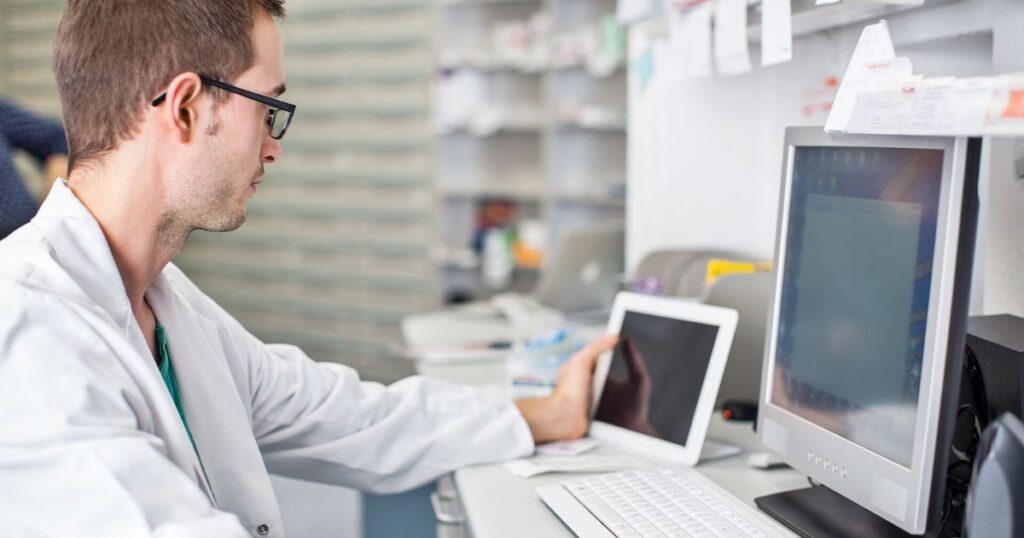During Monday’s ViVE event in Nashville, panelists discussed how to collect unbiased data through partnerships and by gaining trust and increasing accessibility within communities.
“Data is generated, input by individuals — by humans — and as humans, we all have implicit biases. The first part is to recognize, acknowledge what those are, learn what those may be for you so then you can help mitigate some of those biases that exist,” said Alisahah Jackson, president of Lloyd H. Dean Institute for Humankindness and Health Justice at CommonSpirit Health.
Partnerships with organizations focused on increasing diversity and supporting the growth of underrepresented minorities in medicine can help ensure more diverse datasets.
“We recognize that as healthcare systems, as even healthcare providers, we may not be the experts in this space. So how do we identify partners who have a very similar mission, vision and values?” Jackson said.
Still, a company has to know what problem the data will be used to solve, especially when it comes to ensuring specific populations or groups are included in clinical trials. Using technology can expand the population pool.
“The goal that we have is…to really understand the epidemiology of [a] disease because the epidemiology may or may not reflect the diversity of a given population,” said Dr. John Kraus, executive vice president and chief medical officer at Otsuka America Pharmaceuticals.
That led Otsuka to employ decentralized or remote trials, enable assessment at sites such as community pharmacies and allow patients to self-report through digital devices to make it less restrictive.
However, companies must consider that a digital divide exists, with some communities needing access to modern information and communications technology.
“We know that there are significant gaps across the communities, particularly communities that are under-supported or communities of color,” said Ramita Tandon, chief clinical trials officer at Walgreens.
The pharmacy giant has converted a subset of its locations into clinical trial centers that allow patients to be seen for low-complexity visits.
“From Walgreens’ perspective, we’re in a very unique position because we have a lot of information on the consumers and patients that come into our stores on a regular basis…behavior, preferences, and then obviously, the prescription information. So, for us, as we’re analyzing these large cohorts of patients, our aim is to make sure that we can find ways to bring trials into communities that have never had access before,” Tandon said.
Understanding the social determinants of health that affect a community can also ensure populations want to participate.
“How are we really being intentional about collecting data around social determinants of health, not only to help improve the people who are in front of us that we are providing services to, but the communities in which they’re going back to and living their lives? Those two things are areas that we still need to accelerate the work and data collection, and again, make sure it’s accurate data,” Jackson said.
With so many players in the data collection space, the panelists emphasized the importance of sharing lessons learned while seeking to drive more accurate datasets to improve patient health.
“With each step, I think we’re gonna get better and better at this because we have to. It has nothing to do with politics. It has to do with human health, and that’s what’s critical here,” Kraus said.
Dr. Shelly Nash will offer more details during the HIMSS23 session “Creating Technology to Empower Patients and the Home Dialysis Experience.” It is scheduled for Wednesday, April 19, at 2:30 p.m. – 3:30 p.m. CT at the South Building, Level 4, room S406 A.

